Fact 1: Catalonia is both an autonomous community within Spain (big yellow area above), but also a historic principality that extended into what is now France (small dark yellow area).
Catalan is one of 3 official languages in the Spanish autonomous region of Catalonia (along with Spanish and Occitan), whereas Catalan has no official status within France (although it has recognition at the regional level).
Fact 2: The French part lies roughly within the current French département of Pyrénées-Orientales and was ceded to France in the treaty of the Pyrenees in 1659. It’s refereed to by different names including Catalunya Nord (Catalan), Catalogne Nord (French), but is most commonly known as Roussillon, especially by French speakers who make up a majority of the population.
To learn more read: Catalonia Is Not Spain: A Historical Perspective
Fact 3: Catalonia has huge topographical range. Going from the heights of the Pyrenees (red above) to the Catalan Coastal Depression (light green), where most of the population live.
Fact 4: Catalan is not the most common first language spoken in Spanish Catalonia. For daily use, 45.92% mainly use Spanish, 35.54% mainly use Catalan and 11.95% use both languages equally.
However, as the map above shows it varies widely by region. The area with the lowest number of speakers is ironically in and around Barcelona, the largest city and capital of Catalonia.
If you’d like to try learning Catalan have a look at: Catalan Shortcut: Transfer your Knowledge from English and Speak Instant Catalan!
Fact 5: While Catalan may not be the most widely spoken language in Catalonia, it’s also not the only place where it’s spoken.
Besides North Catalonia (in France), it’s also spoken in Valencia (where it’s called Valencian), the Balearic Islands (which include Majorca, Minorca, Ibiza and Formentera), the east of Aragon, the country Andorra and in Alghero on the Italian island of Sardinia.
It’s the sole official langue of Andorra, a co-official language in Catalonia, Valencia, the Balearic Islands and a recognized minority language in Aragon (Spain), Pyrénées-Orientales (France) and Alghero (Italy).
Want to learn a few phrases? Have a look at: Catalan-english/English-catalan Dictionary & Phrasebook
Fact 6: In total there are estimated to be 4.1 million native Catalan speakers in the world, with a further 5.1 million people in Spain who have a high degree of fluency. These speakers are then subdivided into a whole host of dialects (see above).
While it’s difficult to measure exactly how widespread the language is, estimates for total number of people who claim they can speak it are (data from Wikipedia):
- Catalonia (Spain): 5.7 million (2.8 million native)
- Valencian Community (Spain): 2.4 million (1 million native)
- Balearic Islands (Spain): 700,000 (400,000 native)
- Roussillon (France): 125,000 (35,000 native)
- Andorra: 60,000 (26,000 native)
- La Franja (Aragon, Spain): 45,000 (33,00 native)
- Alghero (Sardinia, Italy): 20,000 (8,000 native)
- Rest of World: 350,000
For more history read: Catalonia: A Cultural History
Fact 7: While linguists consider Valencian a variety of Catalan, many within the Valencian Community do not. Above you can see that not only does Catalan have a variety of dialects, but that the Valencian dialect has its own sub-dialects.
For more read: Catalan and Valencian: On the Go and Blood in the Valencian Soil: Love and hate hidden in the legacy of the Spanish Civil War
Fact 8: Catalonia is divided into provinces, which are then subdivided into comarques and municipalities. Its 4 provinces are Barcelona (5.5 million people), Tarragona (800,00 people), Girona (750,000 people) and Lleida (440,000 people). For a total population of around 7.5 million people.
It’s regional economy is the largest in Spain with a GDP of €200 billion ($223 billion USD) roughly the same size as Portugal, Greece or Oregon.
To better understand why it wants to secede from the rest of Spain have a look at: What’s up with Catalonia?: The causes which impel them to the separation
Fact 9: It’s comarques and municipalities vary widely in size and population. The largest comarques in terms of area is Noguera at 1,784 sq km but with only 40,000 people.
The smallest in terms of area is Barcelonès which is just 145 sq km, but is where Barcelona is located, thus making it the most populous with 2.2 million people. The least populous is Alta Ribagorça with just 3,873 people.
When looking at municipalities the numbers are even more divergent. The largest municipality in terms of area is Tremp at 302 sq km but only 6,305 people. The smallest in area is Puigdàlber, just 0.4 sq km and only 532 people. The most populous municipality is Barcelona with 1.6 million people and the least populous is Sant Jaume de Frontanyà with just 24 people.
To lern more about these communities read: Mieres Reborn: The Reinvention of a Catalan Community
Fact 10: Catalans were very talented cartographers as the world map above demonstrates. It was taken from the Catalan Atlas, published in 1375, and one of the most important works in cartography during the Middle Ages. It’s interesting because it put the south as the top and north at the bottom (the preview above has been rotated).
You can buy a print of the map from Amazon here.
Thinking of visiting Catalonia? Then make sure to compare Catalonia hotels.
For more about Catalonia and Spain have a look at the following books:
- Homage to Catalonia
- Fodor’s Barcelona: with Highlights of Catalonia & Bilbao
- Catalan Cuisine: Europe’s Last Great Culinary Secret
- A Concise History of Spain (Cambridge Concise Histories)
Find this post interesting? Then please share it with a friend.
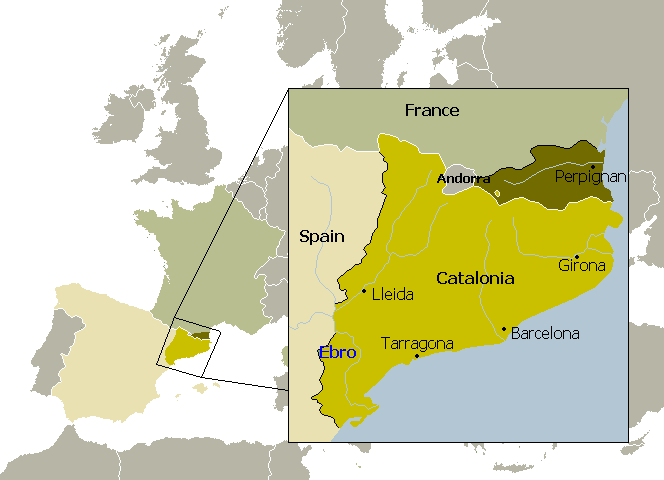

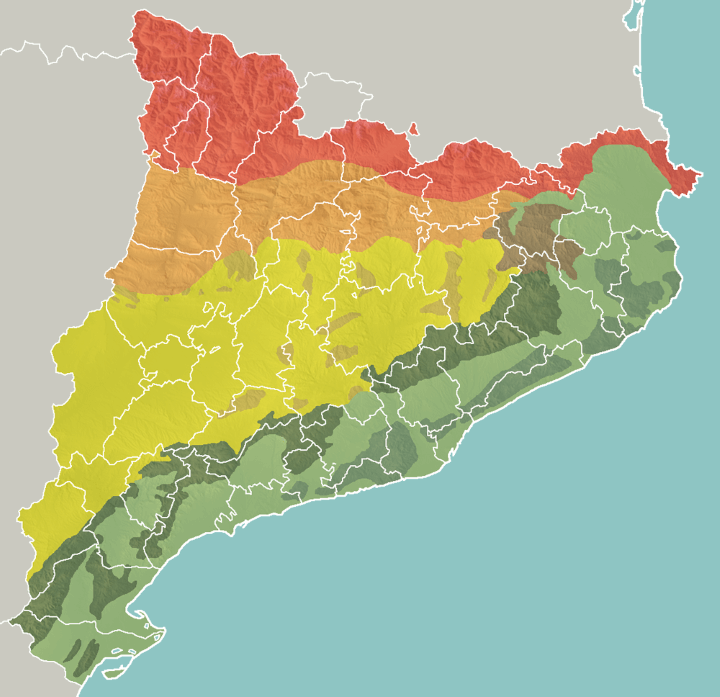
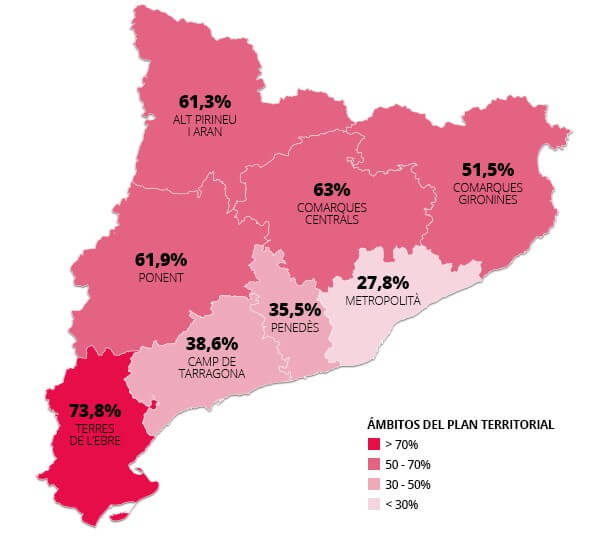

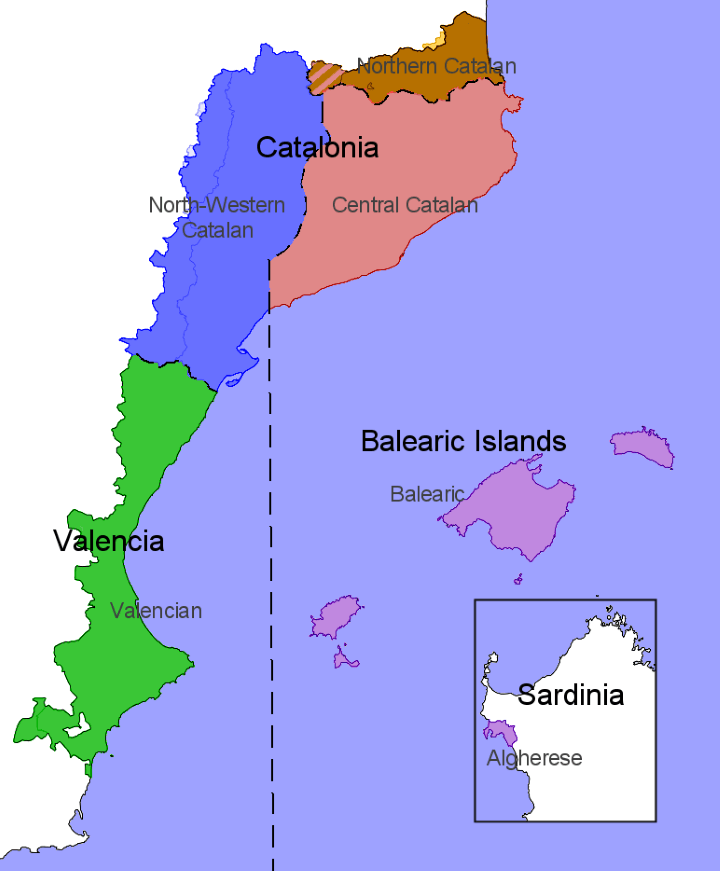




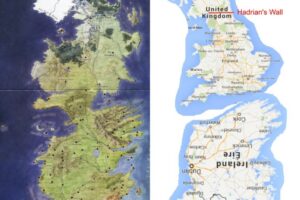
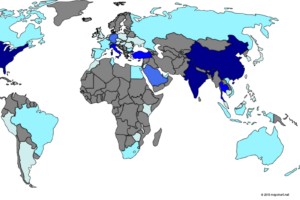
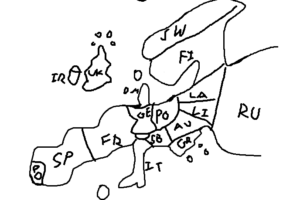
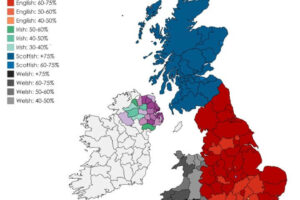
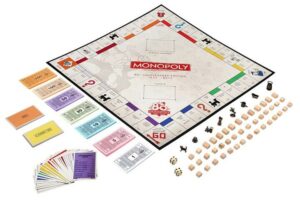

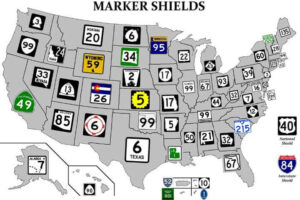
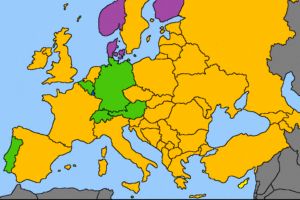
Héctor QM says
Pancatalismo ON.
David Rabinad says
Just a minor point. We don’t have 3 official languages in Catalonia
neither one of them is occitan. We have catalan and castillian (AKA
spanish); and aranés (related to occitan) exclusively in the Pyrenees
valley of Aran, in the northwest corner of Catalonia.
JosepBDN says
Aranès is an official language all over catalonia.
Javier says
“Aranés”, not “aranès” (in occitan ortography) Is really official all over Catalonia? Try to speak gascon language in Tortosa.
Tavish says
It is an official language regardless of how extensively it is spoken. It is a legal, de facto, official language of Catalan territory. It also has official status in Las Valadas, Occitan speaking valleys in the north of Italy.
Odiseia Ferina says
“Fact 10” is an absolute fake.
The “atlas Catalan” was actually elaborated by 2 cartographers from Majorca, Abraham and his son Jehuda (Jafuda) Cresques. They were not catalans, and they were under the crown of Aragon. Even, they are recognized members of the majorcan cartographic school. Not such tradition ever existed in Catalunya. So, no relation with Catalunya at all. Even, the map was paid in aragonese florins and majorcan pounds.
BTW it is also known as the Cresques’ Mapamundi.
Grumoll says
Point 4: In Barcelona Catalan is the main language of about half the population, it is around in the suburbs where it is less spoken, 90% of the population in these areas are Spanish immigrants.
Pep Gonella says
In Valencia the language spoken is Valenciano, not a dialect of catalan. Their grammar is more than 200 years older than Catalonian. In the Balearic Islands, is the Balearic and is not a dialect of catalan. The Balearic Grammar was written more than a 100 years before the catalonian chemical engineer Pompeu Fabra, copied parts of the Valencian and Balearic grammars to write the catalonian.
Hulius says
Sorry mate, but this is nuts…
Mariola says
So funny!
F. B. Moll says
Completely false. Please, do not invent the story.
Xavier says
Are you sure of what you say? if so, please indicate bibliographic references.
Thank you.
Sabastia Quim says
this is Great Spanic mind! so you mean is Catalan is dialect of Spain?
Josep Vilaplana Birba says
Catalonia is not Spain.
Mark Hall says
Fact 8 – “it wants to succeed from the rest of Spain”. Please correct “succeed” to “secede”.